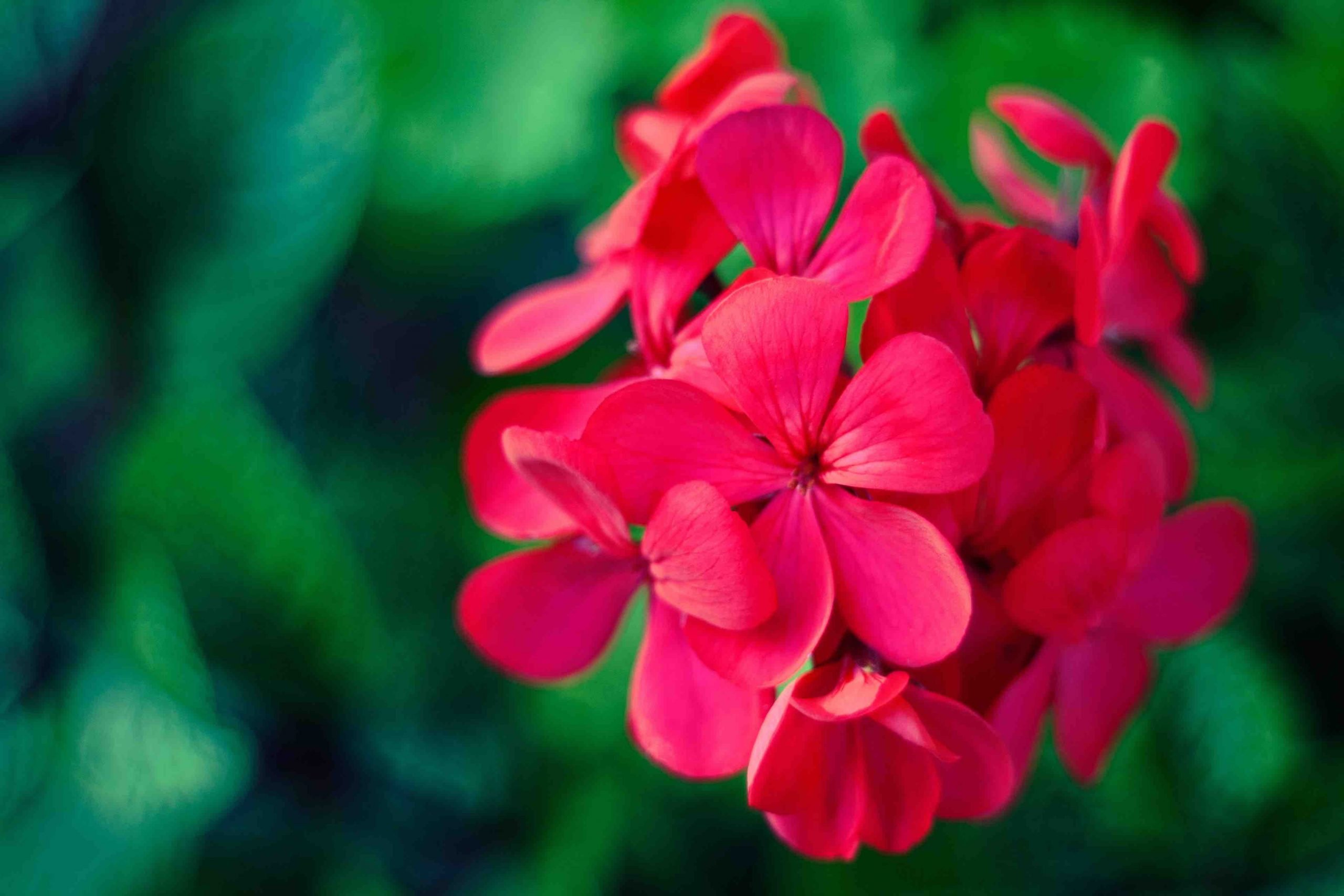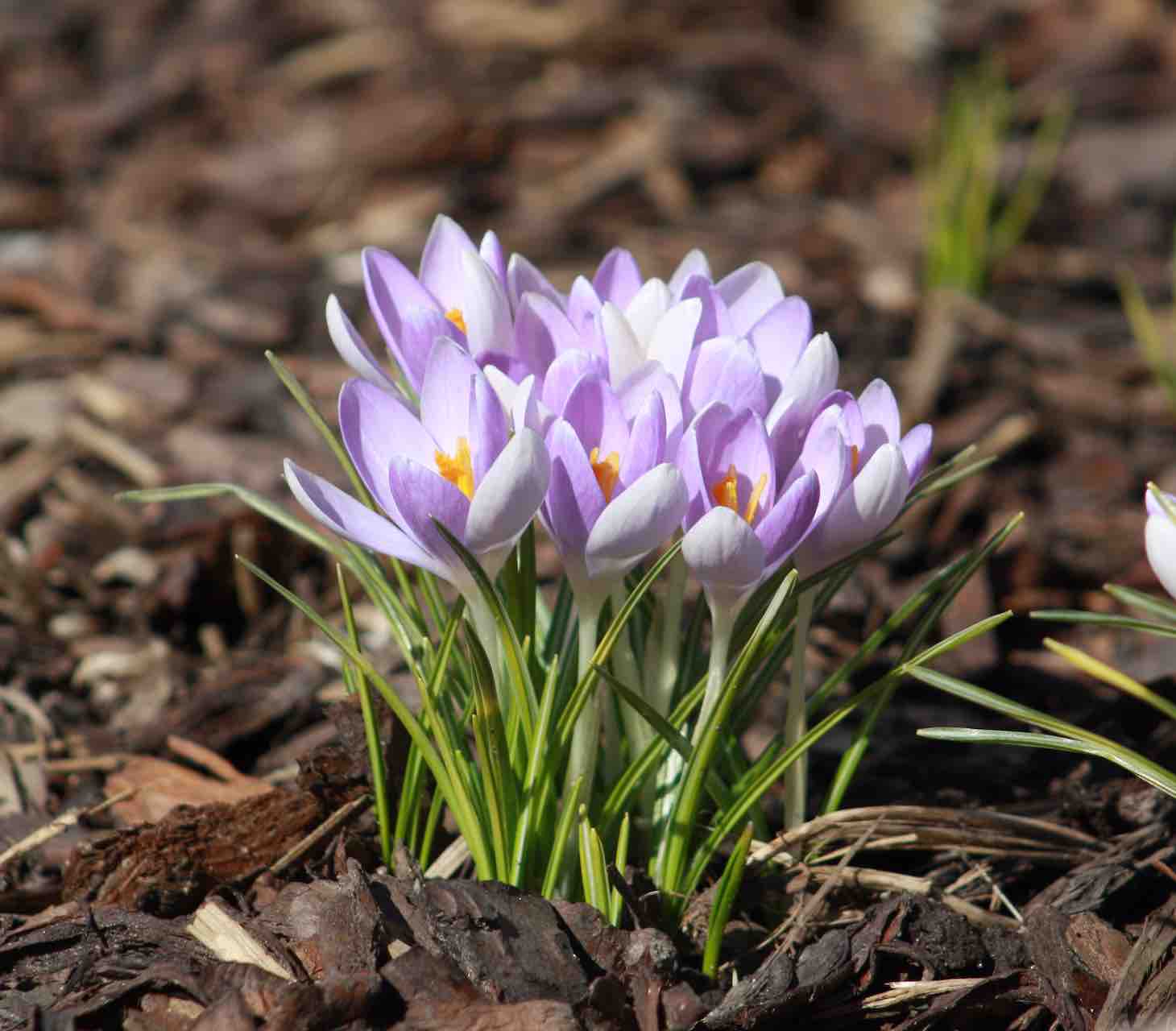Did you ever wonder the root name of a plant and how it was derived?
It’s fascinating that every plant and animal is given a scientific name created by a scientist, Carolus Linnaeus. The Swedish naturalist invented the binomial (genus and species) system of nomenclature in 1753 and was responsible for naming thousands of species of plants and animals. Thanks Carolus!
Let’s Look at Latin
He used Latin to describe a particular characteristic of that plant (or animal). These Latin descriptions are broken into two words and referred to as binomial. The first word is the genus which describes the larger group of that particular plant and is characterized by a capital first letter. The species is that specific plant and is characterized by the second word all in lower case letters. “The species name is often (but not always) descriptive of some aspect of the plant. For example, splendid scarlet sage is Salvia splendens, northern red oak is Quercus rubra, and the hawthorn Crataegus missouriensis was named after the state of Missouri.”

“I’ve always been intrigued with words and language, so what’s in a name?”
Admittedly, this can be a very ‘dry’ description of a plant and of very little interest to the average plant fancier, but to the avid collector it provides a different layer of description to a plant, even if it may sound a bit pedantic. Then there is the problem of being able to pronounce the Latin description. eg. a pothos (one of my favorite plants) would be described as: “Excuse me, could you get me a Epipremnum aureums and while you’re at it, get me a Chlorophytum comosum better known as spider plant?” You would probably get a blank look in response but that would be the fun of it!
Super Houseplants That Keep You Healthy

You use lots of Latin names for plants already…
like Crocus!
It’s Greek to Me
Unless you took Latin in school pronouncing the botanical names of plants it’s going to be ‘Greek’ to you! It is to me but I find that even if I mispronounce the Latin name, there is a dearth of ancient Romans to correct me. I also find that generally one can get close, if not the exact pronunciation, by looking closely at the way the letters are formed and then repeat it, it will become clear, if not second nature. You already use many Latin names: Begonia, Clematis, Crocus, Delphinium, Forsythia, Gardenia, Geranium, Ginkgo, Hibiscus and Iris! See how smart you are?
5 Great Vegetables to Grow on Your Patio or Balcony
The bottom line is that unless one is an avid collector and/or grower, the need to remember and use the Latin is minimal but if one is a Latinophile and enjoys exploring the nuances of the Latin language, particularly in reference to plants and animals, then using the Latin genus and species could be not only challenging but fun.
Yes, I said fun!
Just enjoy the journey and impress those who won’t know what the heck you’re talking about. And don’t forget that when you’re playing Jeopardy at home and the category is “ancient languages” you’ll be looked upon with awe and admiration.

By Peter Martin
Peter Martin started his own business in Studio City specializing in interior plantscaping and exterior landscaping. You can see many of his landscape designs at apartment buildings and commercial real estate all around Los Angeles, as well as homes to the stars! He was also owner of Martin Iron Design where he manufactured and designed wrought iron furniture, lighting and accessories for architects and designers. Peter resides in North Hollywood, CA with his wife Susan and son Nick. Peter is a graduate of Cal State Northridge.
Connect With Us on Social Media!
RECENT FAVES
Tips for Hitting the Road with Your Furry Friends
Part 1 of Kathlene McGovern’s 2 part series on the best and safest ways to travel with your furry friends!
I’m Just Curious
Dove Rose give us ideas on how to stay curious! Keep it Fresh in the Kitchen, on the Drive and in your Life. New ideas to keep our mind alive!
Living Unhoused for a Week: Ken Craft Takes to the Streets
Ken Craft of Hope of the Valley lives unhoused on the streets of the San Fernando Valley for 100 hours and shares the challenges, insights and struggles he faced on this journey.




